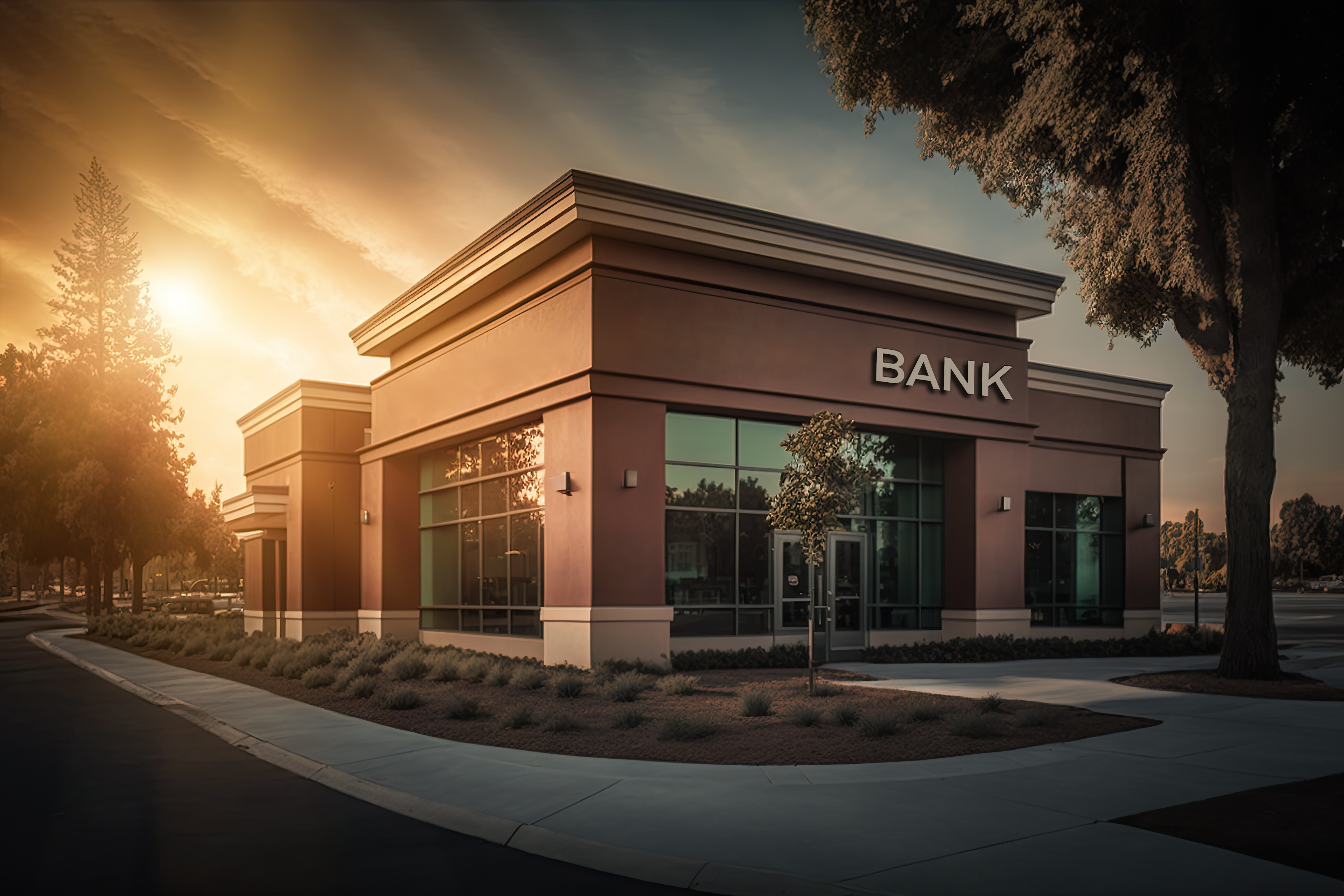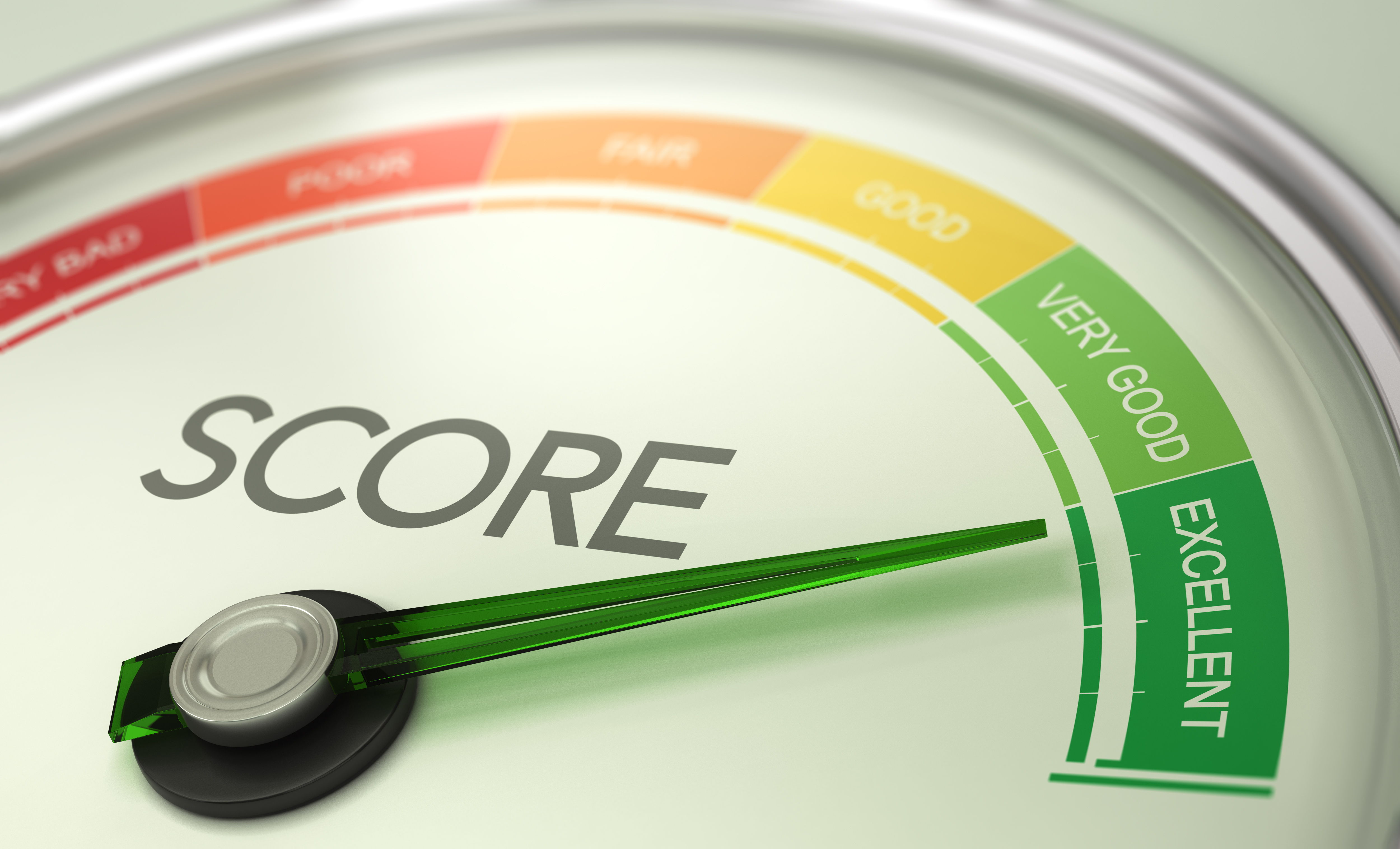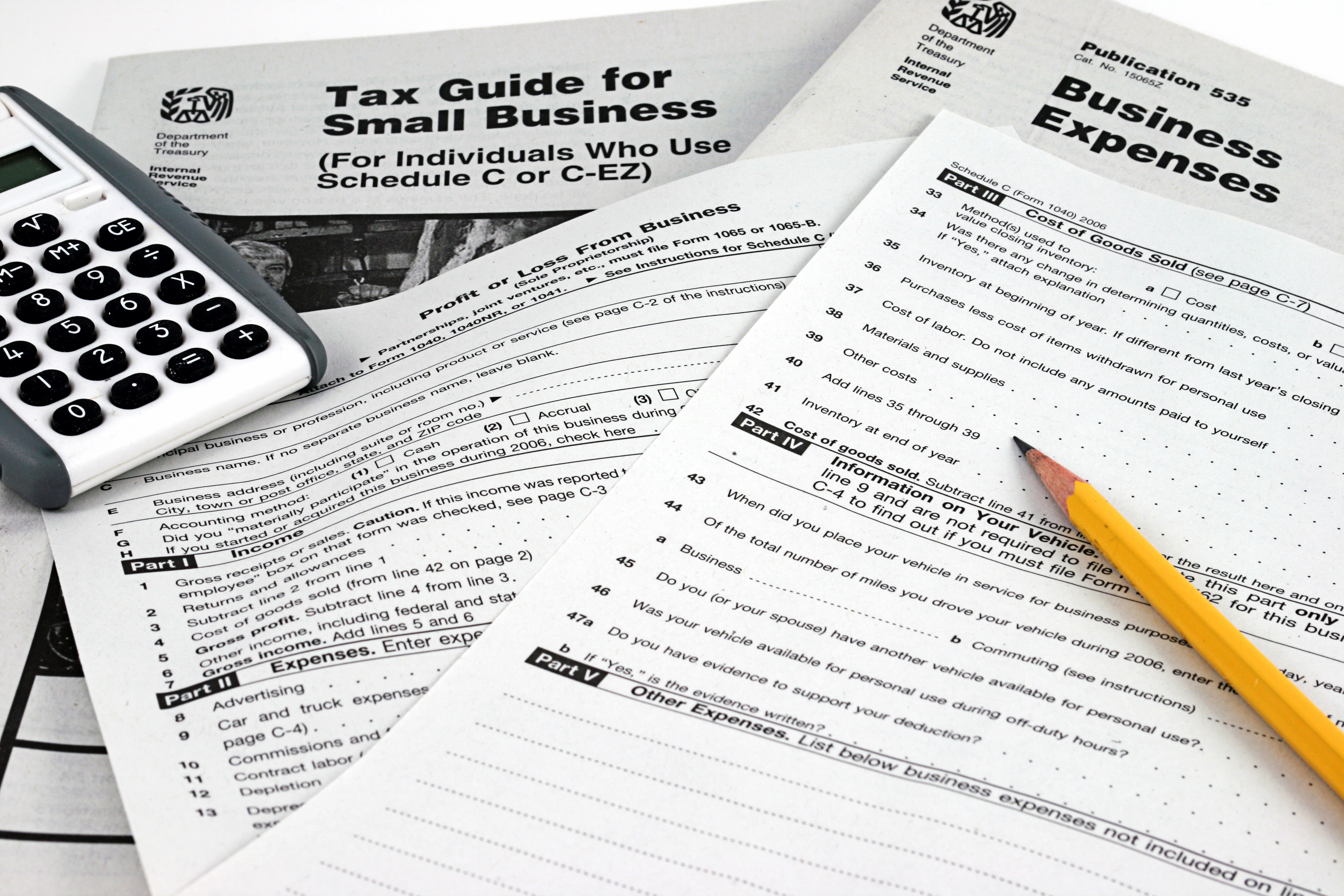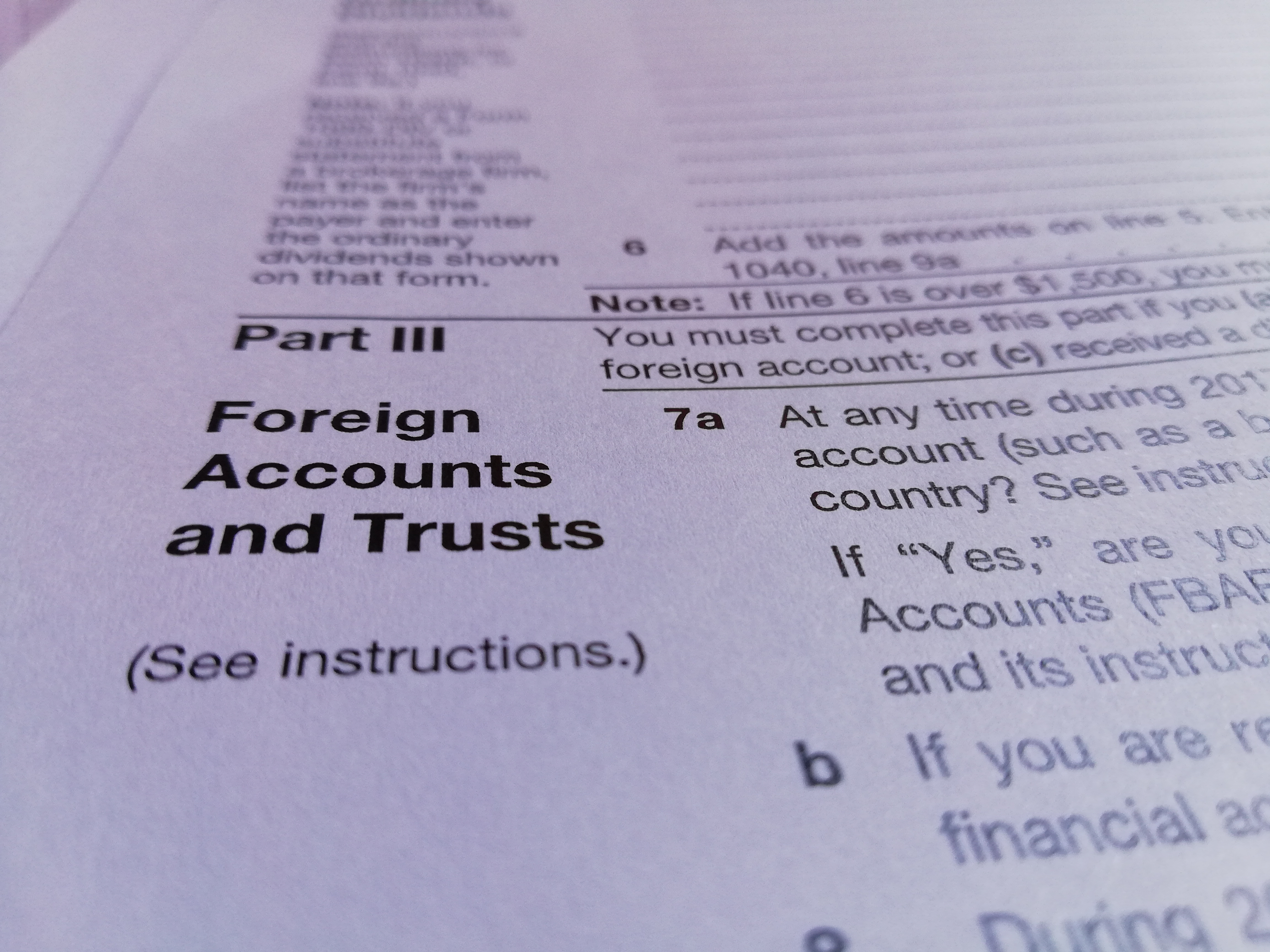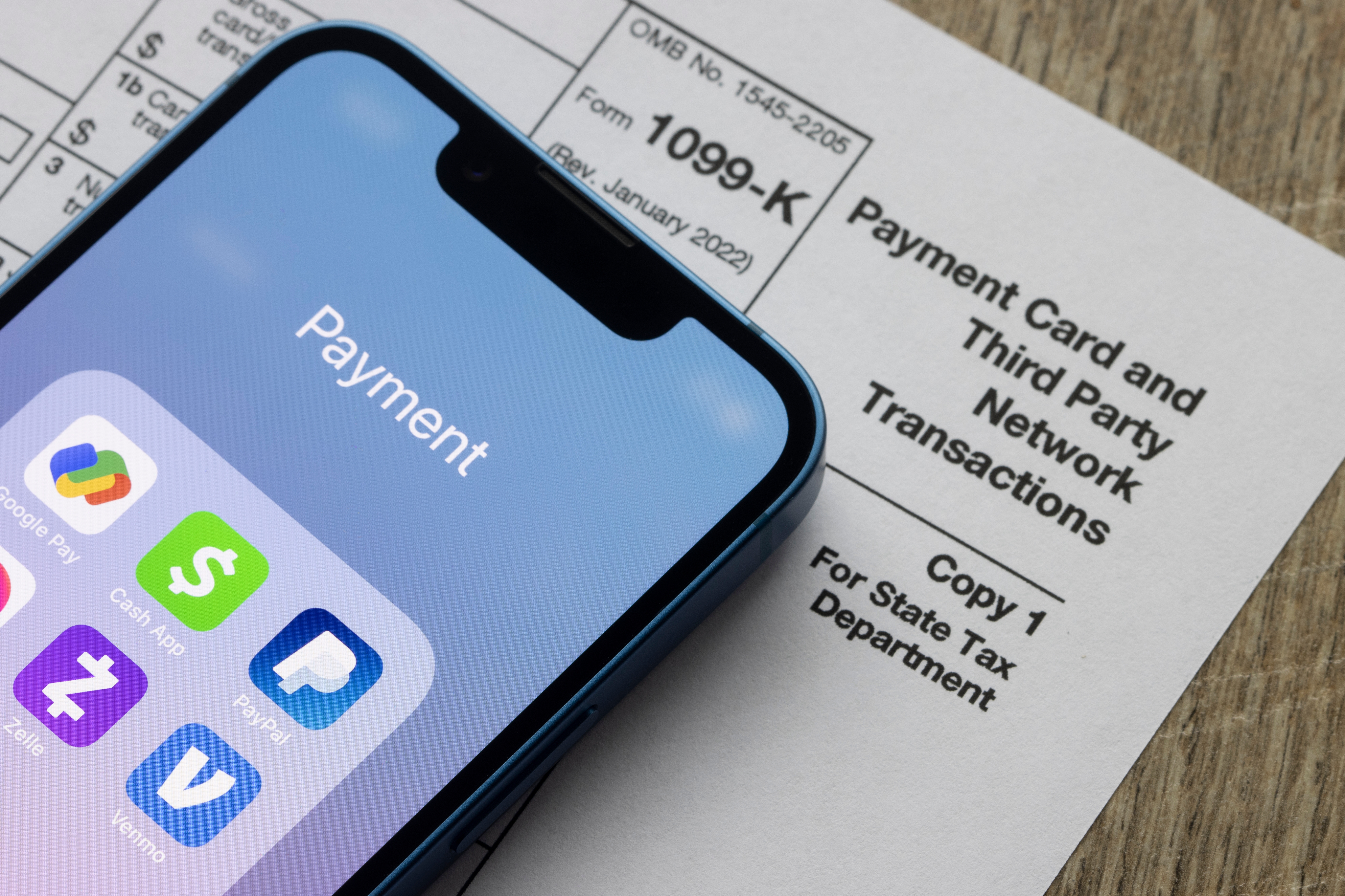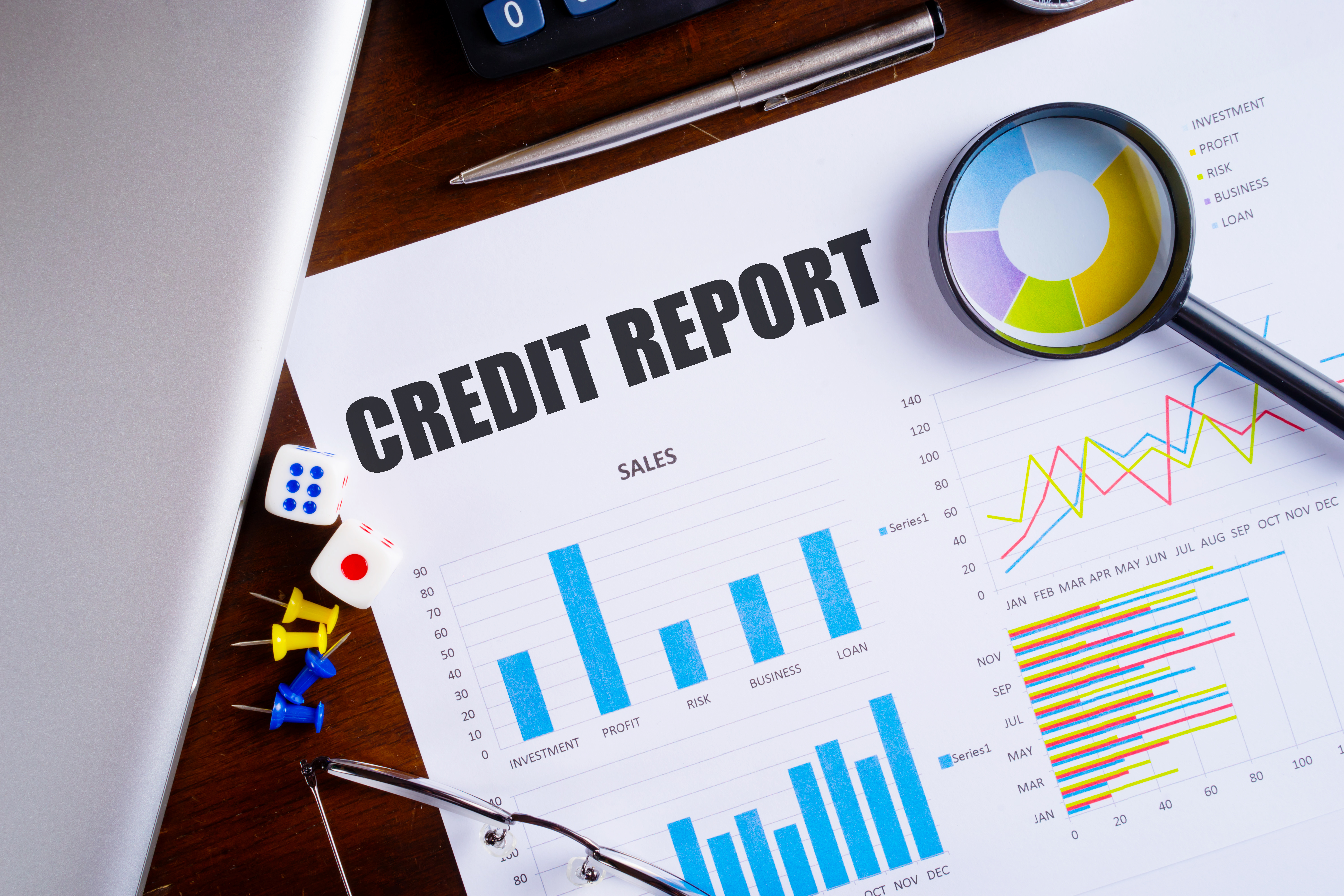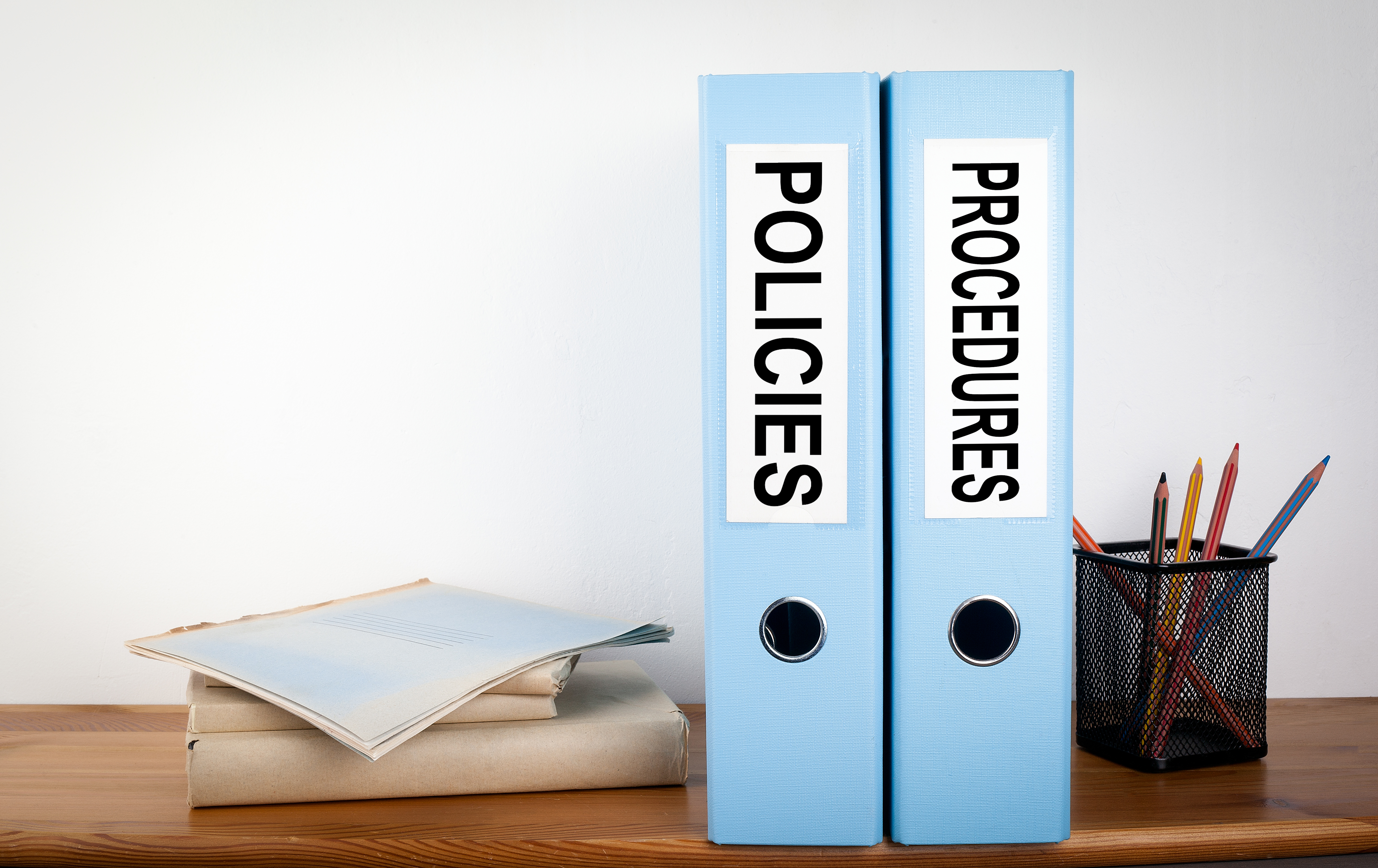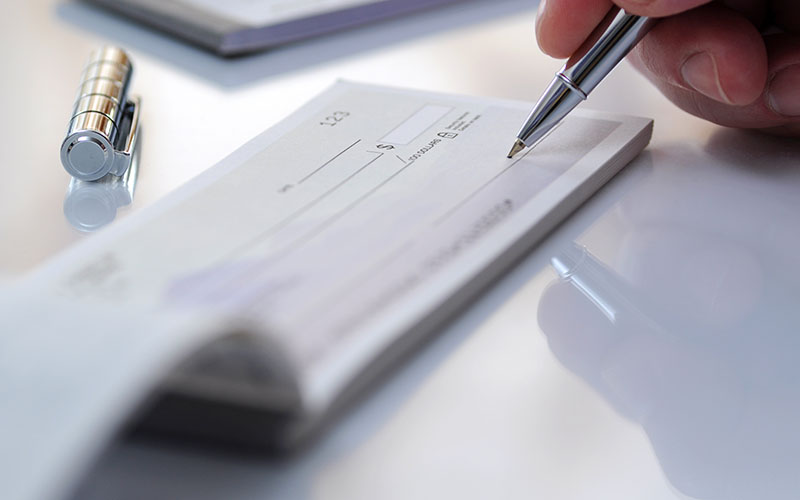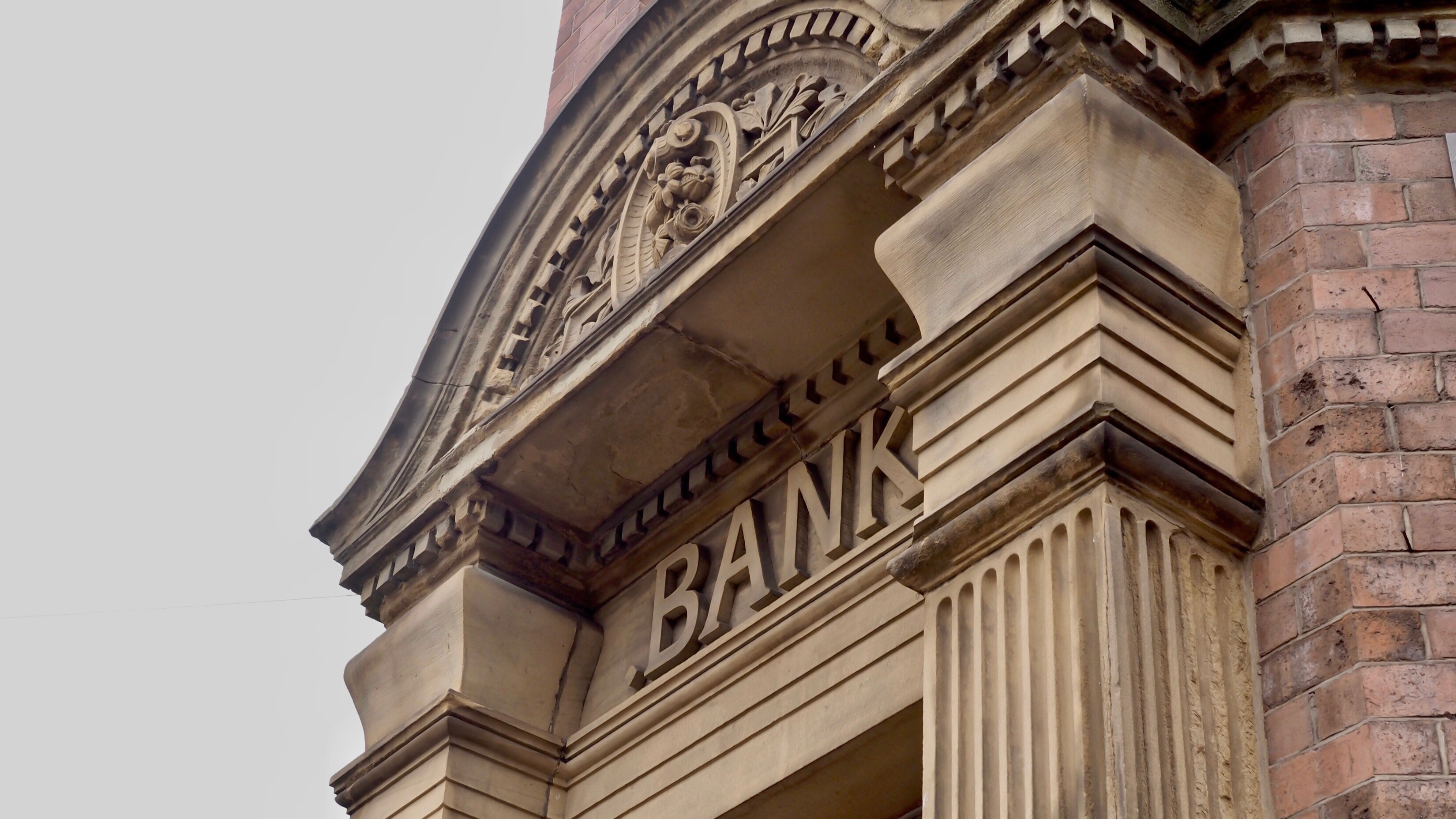Strategies for Maximizing Cash Flow
Key Takeaways
- Cash flow management is essential for fulfilling financial obligations like salaries and taxes, preventing business disruptions
- Optimizing cash flow involves strategic timing of transactions, maintaining adequate account balances, utilizing automatic transfer features like sweep accounts, and automating invoicing and collections
- Tools such as cash flow forecasts and management of cash float help businesses anticipate and manage financial needs efficiently
- Businesses with seasonal cash flow should adjust budgets and forecasts to handle fluctuations and set up emergency funds for added security
- Effective cash flow management includes consolidating payments and leveraging technology to streamline processes and reduce operational costs

If there’s one problem that almost all small business owners can relate to - it’s scratching their heads over cash flow problems. Think about it, you have bills to cover, salaries to hand out, and most importantly, pay your taxes to the government.
Who wouldn’t be stressed if they couldn’t do the above on time?
Interestingly enough, having a cash flow problem is probably the last thing any new entrepreneur would imagine since they’d be more busy refining their business model, products, marketing, etc. However, this isn’t very good practice and will often end up with a brand closing down sooner than later.
This is why business owners must understand how they can avoid the whole problem altogether by maximizing cash flow. That is exactly what we’ll cover in this blog today.

Importance of Optimizing Cash Flow
Before we tell you about the different ways of optimizing cash flows, you should have a brief idea of why it is so important for your business.
To put it in simple words, cash flow is the movement of funds in and out of a business/individual bank account over a given period. This movement can give us specific details that a financial analyst can utilize to make future plans.
Further, as mentioned above, cash flow ensures you have enough liquidated cash to pay off expenses, salaries, etc.
Timing Deposits and Withdrawals
The first thing to consider when strategizing for maximum cash flow is timing your deposits and withdrawals. You’ll have to get a good idea of maximizing profit and minimizing costs.
For instance, as a business, let’s say you also have an investment account.
Ideally, you’ll want to deposit funds when the market goes south. Conversely, during market upswings, you can withdraw your money and get some good profits out of it. This also applies to other accounts you hold, which may face tax charges.
If you don’t have enough balance during the tax season - you guessed it, there’s a good penalty to pay. Have enough funds, and you’ll be good to go.
Optimizing Account Balances
This one is sort of (but not entirely) related to the point we just discussed. Optimizing account balances is simply having money in the right place at the right time.
One of the best examples of this is an emergency account. Have one in times of need when an unprecedented event occurs. You never know when even the smallest savings can come in handy.
Another important aspect you should be aware of is having sufficient balance in your business checking account. This will help you ensure that you have funds to tackle your everyday expenses, such as office equipment, food, daily wages, transportation, etc.
Utilizing Sweep Accounts
Here’s a service that not all but certain banks may offer - “Sweep Accounts.” This type of account automatically transfers money from your checking account to your savings or investment account.
You can have pre-set rules that enable a sweep account to send funds from one account to another without manual intervention. This can benefit your bank account if you have an outstanding debt to pay off from another person/company and complete them before time.
Automating Invoicing and Collections
As a business, your invoicing process should be quick since it will keep the cash flow running. A good practice would be to make a simple invoice template that is easy to fill and approve.
Same rule also applies for billing payments. Some studies have shown that even today, 37% of businesses rely on manual billing. This process is also costly as firms pay around $40-$50 to process complicated invoices, which only goes to display how hectic it is.
The solution for this is very simple- automation. It is reported that automating invoices can boost workflow efficiency by a whopping 70% and even cut down expenses by 81%. These numbers alone should be enough to help you understand the benefits of automating invoicing.
Monitoring and Managing Float
Once you know how a cash float can affect your business, mitigating and keeping track of it becomes crucial.
But what is a cash float?
A cash float refers to the difference between the cash in hand (the amount you hold in the bank) and the cash balance in your accounting statement. The reason for this gap or discrepancy is generally due to any delays in processing or transferring.
- Float = Available Balance - Balance in Accounting Books
The float is also categorized into two groups:
- Holdover Float: Delay in the processing time of checks on account of technological efficiency, holidays, or weekends.
- Transportation Float: Physical transfer suspended caused by weather or difficult road/air traffic conditions.
When you’re monitoring and managing this cash float effectively, you can trace the trails to find out why you may have a cash shortage.
Keeping a close watch on your payments and deposits helps you take control of your cash cycle and even prevent overdrafts from occurring, which – due to a delay – will be debited in the future.
Consolidating and Streamlining Payments
The notion of “Cash is King” holds true for businesses even after decades. To survive in a highly competitive market, prioritizing streamlined cash will help you manage a steady flow and consolidate your payments.
Firstly, let’s understand these rather complex terms before moving forward. In accounting, consolidation is the process of bringing different financial statements together. Here you get a good detailed look at your account payables and streamline the payment process.
Let’s focus on how you can primarily adopt strategies to achieve this:
Active Cash Flow Reporting
The output of your cash flow will provide you with an accurate forecast to track performance and assist in decision-making.
An active track of your cash flow will aid you in having a full view of your business’s cash requirements. So you need to look at the income and the cash flow statements to monitor the liquidity problems.
Once you choose a forecasting period - the standard rule would be around 12 to 16 months.
Businesses can link their cash flow forecast (short or long-term) with the working capital metrics found in the balance sheet, including:
- DSO - Days Sales Outstanding
- DPO - Days Payables Outstanding
- DIO - Days Inventory On-Hand
Additional key elements to this report would include capital expenditures, operating cash flows, and debt repayments as indicators. You can automate the process instead of using manual spreadsheets to ensure that the results turn out accurate.
Ultimately, you achieve better visibility and actionable information, potentially minimizing the need for more finances.
Making Electronic Payments
One of the best strategies for maximizing cash flow is through technology. Using an efficient payment process, businesses can track and report funds while saving time spent on delays or errors in payment amounts.
With greater reliance on digital payments, collecting payments from customers becomes much faster, improving your cash flow and reducing the risk of bad debt.
Implementing Cash Flow Forecasting
Typically, a cash flow record shows the income and expenditure of your business for a period of time, categorized into weeks or months. This document helps you to see when your company has a deficit or adequate cash in your account instantaneously.
Understanding when your business has sufficient balance will aid you in planning out how you need to pay expenses accordingly.
By now, you’ve probably understood that optimizing cash flow is an essential part of financial planning. Even if you do not have any background in accounts or finance, once you learn how to create a cash flow forecast, things will sail smoothly.
Here are four steps that will help you forecast your cash flow:
Plan the time frame of the forecast
Generally, you can make a cash flow plan over the course of weeks or even months. In case your business is new, it is only natural that you will have less data on cash flow, so don’t worry if your forecast seems small.
On the other hand, for established companies, it is rather an easy task to predict sales through records of past fiscal years. Nevertheless, choose a suitable time frame for the cash flow forecast, especially when you want to get the most insights about your business.
List all incomes
Divide your cash flow forecast into weekly or monthly columns to track all your income. You can have each row for a particular type of income or profit.
You can start by listing the sales in their respective columns. The important point is to add these numbers when there is actual cash in your bank account. The amount in the forecast when invoices are due will also be counted in this section.
But do not forget to file non-sale income such as:
- Royalties
- Tax refunds
- Investments from owners or shareholders
- Grants
List all outgoings
Since you know how much money is coming in, working out your cash outflow in the business will be easy. So, make a note of the cash you will spend every month or week, for instance:
- Raw materials
- Salaries
- RentTaxes
- Marketing costs
- Bank loan charges
- Assets
Calculate your cash flow forecast
Every month or week, take away the total expenditure from your net income. The sum will either be positive (you are getting more cash than spending) or negative (you are spending more cash than earning).
By maintaining these cash flow figures, you will get an idea of how much in total you spend or save every month or week. Having more negative numbers indicates you need to plan your expenditure. Subsequently, positive weeks or months suggest that you have plenty of cash to invest or upgrade your business.
Understanding Overdraft Protection and Lines of Credit
The overdraft protection and obtaining a line of credit may provide a business with borrowed money in the short term, but many ignore the huge burden of interest.
The hefty interest rates can range from 15-20% APR. Pairing this with the overdraft fee (daily/weekly/monthly) and the setup fee can result in poor cash flow management in the long run due to an increase in higher operational costs.
Instead, building your savings, projecting your cash flow in advance, and invoicing customers on scheduled times can help you with your day-to-day expenses.
Managing Seasonal Cash Flow Fluctuation
Managing the cash flow is the utmost priority if your business sells seasonal services or items.
For such a company, you have to handle peaks and valleys throughout the year. Cash flow fluctuations should be controlled to keep your business afloat (especially off-season).
We've listed a few ways to optimize cash flow for a seasonal business:
Note your highs and lows
A cash flow forecast can be super handy for seasonal business. As we've mentioned, forecasts can help you understand the exact timeframe of when your company has sufficient cash and vice versa. Doing so allows you to adjust your budget in advance to avoid downfalls or even predict deficit cash flow.
Know your business costs
Understanding your costs is one of the best methods to tackle seasonal cash flow instability.
Since most businesses already have an idea of their fixed and variable expenses, it shouldn’t be too difficult of a task to manage them.
Additionally, check or observe what causes your variable costs to fluctuate and try to minimize them as much as possible. A good example can be to stop software or platform subscriptions that are not needed off-season.
Looks for new revenue sources
When your business is not open, you can think of creative ways to generate revenue. For a company that sells ice-creams, it is only natural that it sees a peak in profit during the summers.
However, ice-creams can also be supplied to private events or occasions where they’re in demand. Alternatively, you can also research how to maximize your peak income on-season or rent equipment which aren't used as much during the off-season.
Establishing Effective Cash Flow Policies and Procedures
Now it's time to explore ways to keep that business lifeblood pumping. You can discover some effective cash flow procedures and practices to save your business from financial problems below:
- Make Projections: Not sure how we can stress this enough. We’ve touched upon the importance of monitoring your cash, which provides essential data for making informed decisions. Maintain a cash flow forecast to understand the inflows and outflows.
- Send Those Invoices: Invoicing your clients as soon as possible ensures you have the cash to cover your expenses. Delaying this would only result in overdue payments.
- Liquidating Assets: Selling off obsolete and useless inventory can generate quick cash for your business. Don’t keep excess inventory, as customer needs may change with time.
- Saving Buffer Money: Our advice is to always keep working capital expenses of minimum of 3 months in your bank account for tight times. Once you know your break-even, make sure you set aside this amount.
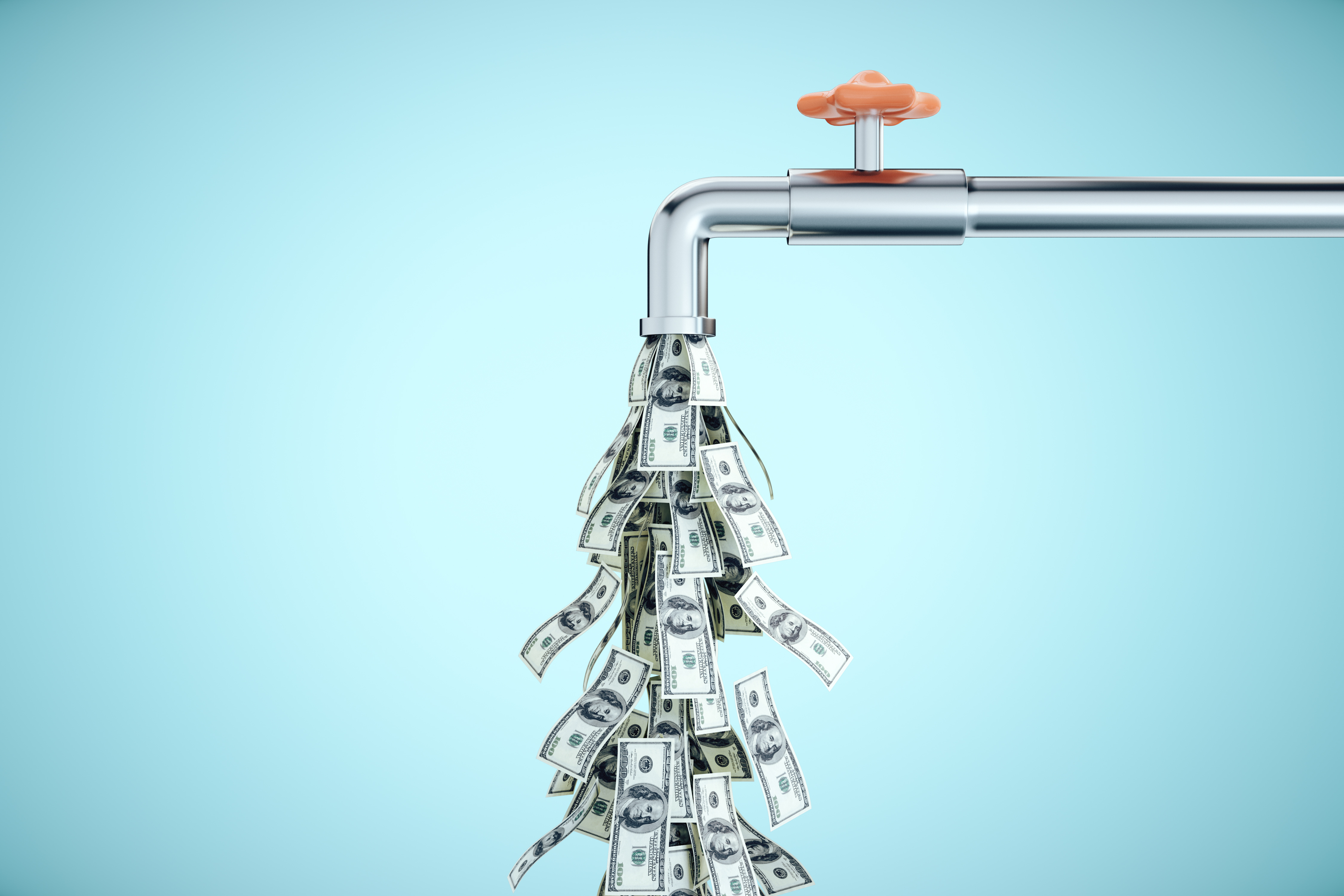
Conclusion
Altogether, managing cash flow is key for pivoting your business in the right direction. You can implement various strategies to maximize and maintain the cash flow rate when your company runs low on money. To understand more about cash flow, you’ll have to know how different business accounts work. You can learn about them by viewing our reviews of banks here.
Why is timing of deposits and withdrawals important?
Timing your deposits and withdrawals can optimize your cash availability, ensuring you have cash when needed and can take advantage of interest rates or investment opportunities. Proper timing can also help avoid overdraft fees and penalties.
How can sweep accounts benefit my business?
Sweep accounts automate the transfer of funds to and from your main accounts based on preset rules, helping to maximize interest income on surplus funds or pay down lines of credit automatically, thus reducing interest expenses.
What are the advantages of automating invoicing and collections?
Automating invoicing and collections reduces administrative overhead, speeds up the cash conversion cycle, and reduces errors. This leads to faster payment processing and improved cash flow management.
What is cash float and why is it important?
Cash float is the time difference between when money is debited or credited to your bank account and when it is reflected in your available balance. Managing float effectively helps in maintaining accurate cash flow forecasts and prevents cash shortages.
Edited by:
Bryan Huynh
•
Product Tester & Writer























